Disney, we don’t need rainbow Mickey ears – we need you to stop erasing us from blockbusters
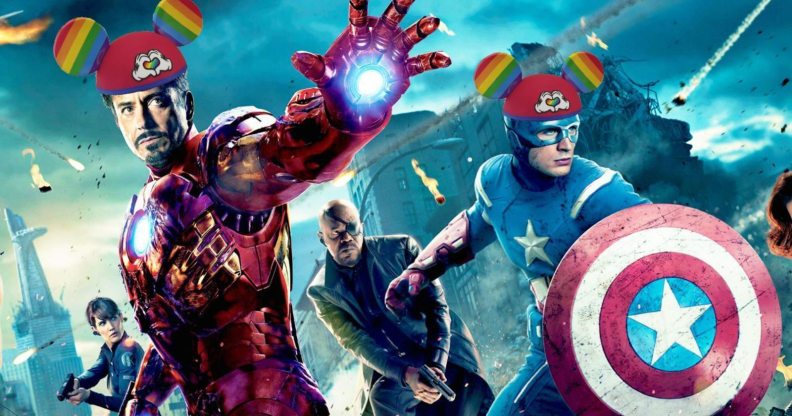
If Disney wants to market merch at the LGBT community, it’s about time they included us in their films.
The cinematic giant this week launched a product aimed at its queer fanbase – Pride-themed Mickey Mouse ears, available for $17.99 plus postage and packing.
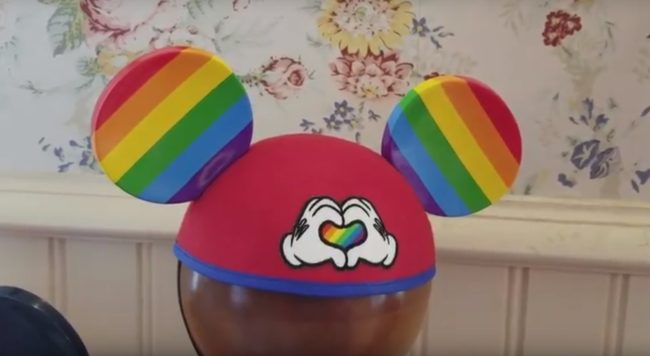
While the House of Mouse is happy to sell queer people overpriced plastic, they’re much less forthright about putting us in their films.
Across the diverse Disney powerhouses that have dominated the global box office over the past few years – Star Wars, Marvel’s superhero universe, Disney’s princess films and Pixar’s animated releases – one thing has been remarkably consistent: Out of the thousands of characters, a grand total of zero on the big screen have been explicitly LGBT.
LGBT media advocacy group GLAAD gives Disney a consistent “failing” rating for LGBT inclusivity in film on its Studio Responsibility Index, noting: “Walt Disney Studios has the weakest historical record when it comes to LGBTQ-inclusive films of all the major studios.”
Even when there’s clear support from source material or individual writers for queer characters, Disney has an unfortunate habit of leaving them on the cutting room floor.
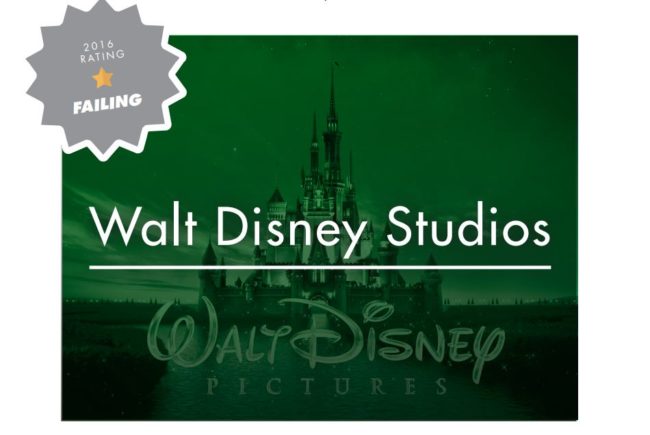
A scene in Thor: Ragnarok confirming that superhero Valkyrie was bisexual was shot, but mysteriously edited out.
The Black Panther comics have depicted a lesbian relationship between warriors Ayo and Aneka – but a scene hinting at the romance was allegedly dumped from Ryan Coogler’s 2018 film adaptation.
And Star Wars execs are more than happy to encourage queer fans’ speculation about a romance between fan favourites Finn and Poe – while they rush to introduce heterosexual love interests.
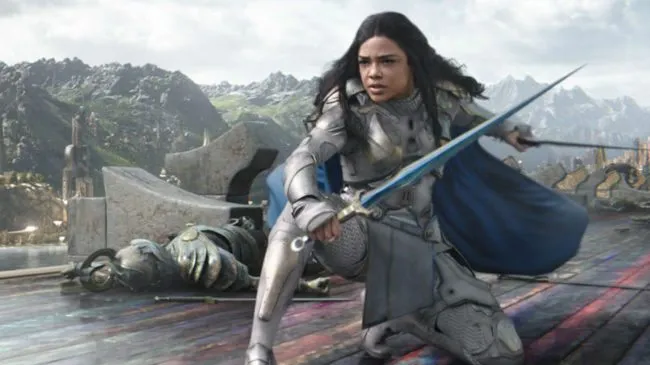
So, why does just about every attempt to include LGBT characters in a major Disney blockbuster get abandoned or vetoed?
Just look at what happened to Disney’s 2017 release Beauty and the Beast, when the director of the film revealed he had included a subtle background reference to a character’s sexuality.
The news made headlines in the US and UK, but it was in culturally-conservative Asian markets that the revelation had the biggest impact.
In Indonesia, Malaysia and Singapore, ‘warnings’ about the film from religious groups went rapidly viral on social media, fuelling a moral panic.
Fake news, homophobia and truth blended to the point that the reality was barely distinguishable – at the height of the hysteria, even the chairman of the Malaysian Censorship Board was spreading false claims about a gay ‘love bite’ to justify a hastily-imposed ban on the film.
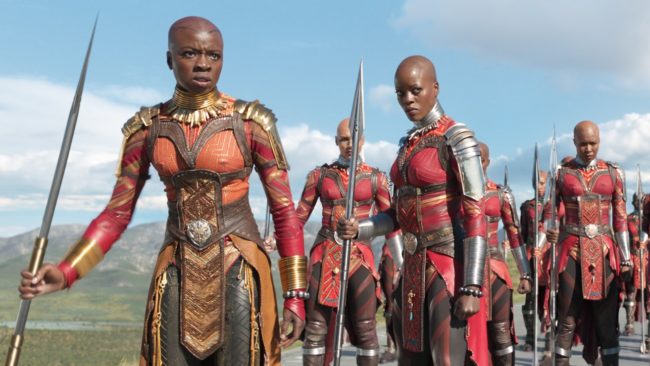
Other national media censors only dropped plans to ban the film after assurances from Disney that there was no explicitly gay content.
Even where it did get released, public box office data analysed by PinkNews suggests that Beauty and the Beast largely under-performed in conservative markets compared with contemporaneous release Spider Man: Homecoming, while outperforming it in liberal markets.
The incident underlines Disney’s quandary when it comes to billion-dollar blockbusters – the company’s long-practised trick of selling in every possible market to maximise profit.
Films like Avengers: Infinity War may be mostly made in America, but in order to be a success they need to appeal universally to audiences in Singapore, Stockholm, Seoul and Seattle.
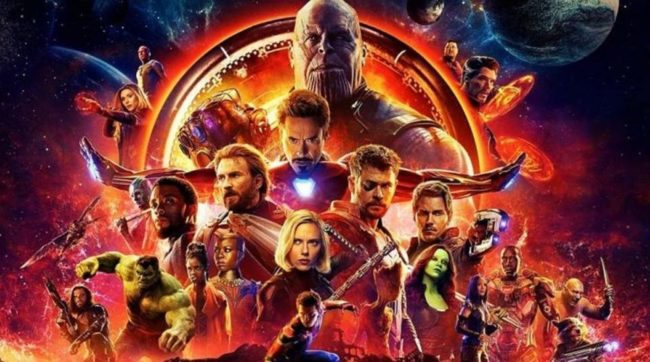
With this in mind, it’s almost understandable that Disney may not be immediately moved to include queer characters in a release if it also risks wiping millions of dollars off of global box office takings in the process.
But even in a world where films are precision-crafted to maximise profit from merchandise, sequels, spin-offs and brand deals, Disney needs to remember there’s such a thing as the right thing to do.
After all, similar fears of commercial implications were used to defend the consistent focus on white protagonists over black and minority ethnic characters – a viewpoint that Disney has now rightly tossed onto the trash bin of history.
Recent releases like The Force Awakens, Black Panther and Moana have embraced black and minority ethnic stars and propelled Disney to new heights.
Yes, racists were upset about John Boyega casting as stormtrooper Finn at first, too – but ultimately they either stayed home or got over it.
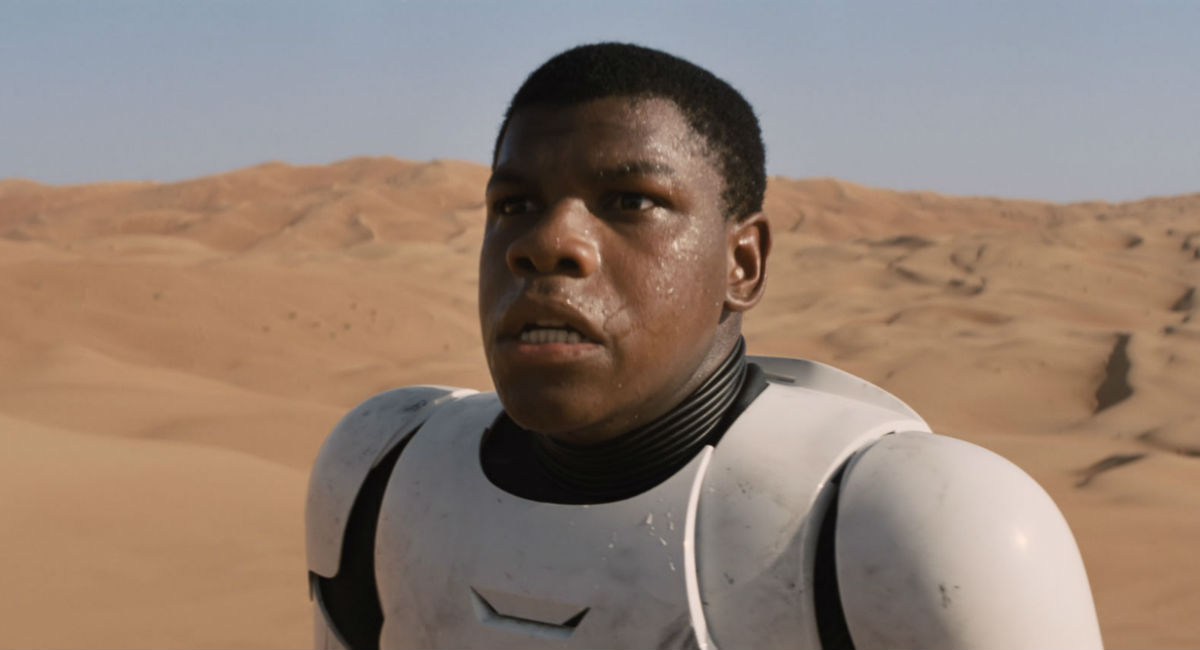
(Star Wars)
It’s true that adding a queer superhero (there’s plenty to choose from) to the Avengers lineup may lead to a backlash, but it’s also unlikely that film censors could justify banning the biggest releases of the decade indefinitely.
And even if there is a backlash, some would argue it is a hit worth taking if Disney cares about the authenticity of its storytelling and the LGBT community.
An endless stream of heteronormative love stories deprives the global LGBT community of crucial representation and study after study has shown how important it is for people to see themselves represented on screen.
As GLAAD notes, “Going to the movies is part of the cultural mythos and identity, and the stories they tell can have a deep and lasting effect on our cultural psyche.
“When minority characters are marginalized or made invisible within these films, it not only reminds those being underrepresented that their social position is less than, but also makes it more difficult for the majority to see them as part of that film’s reality as well as a valid part of our own.”
The US TV industry to its credit has clearly understood this message, and there’s been a boom in mainstream shows featuring LGBT characters and storylines – even on the Disney Channel. But when it comes to cinema, LGBT people are too often pushed to the fringes.
So yes, there may be a price to pay for including LGBT characters. $17.99 for a pair of plastic rainbow ears is also pretty extortionate.
If Disney expects queer fans to shell out, they should make clear that we’re worth the investment too.
Nick Duffy is Current Affairs Editor of PinkNews.

